Amphibians are often seen as fragile creatures, but many species are incredibly tough and have evolved to survive in some of the most challenging environments on Earth. From freezing temperatures to dry deserts, these animals have developed unique adaptations that allow them to thrive where others might struggle. Whether it’s their ability to regenerate limbs, survive in freezing or drought conditions, or fend off predators with toxic defenses, these resilient creatures are a testament to the remarkable diversity of life on our planet. In this article, we’ll explore some of the toughest and most resilient amphibians that continue to fascinate scientists and nature lovers alike.
Axolotl (Ambystoma mexicanum)
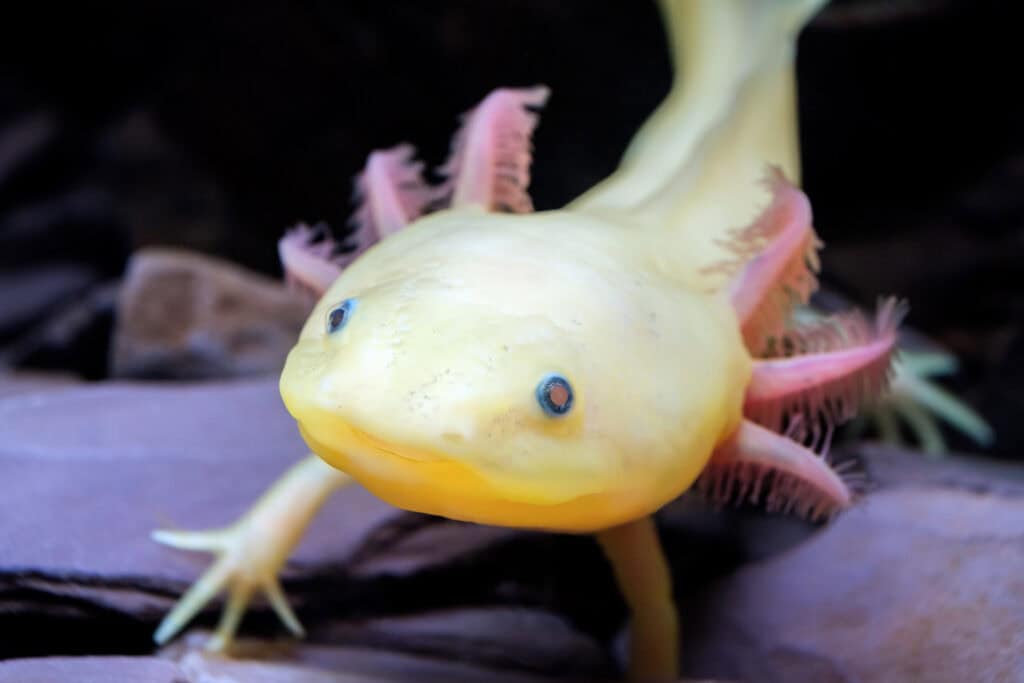
The axolotl, native to the lakes of Xochimilco, Mexico, is a resilient amphibian known for its remarkable regenerative abilities. It can regrow entire limbs, spinal cords, and even parts of its heart and brain, which makes it a subject of scientific fascination. Unlike most amphibians, the axolotl retains its larval features throughout its life, a condition called neoteny. It can survive in polluted water and has shown adaptability in captivity, where it is often studied for its regenerative properties. They are resilient because they can thrive in low-oxygen environments, thanks to their external gills. In addition to their natural habitat, they are often bred in laboratories for research purposes due to their unique biology.
Siberian Salamander (Salamandrella keyserlingii)

The Siberian salamander, found in the icy regions of northern Russia, has one of the most extraordinary survival strategies among amphibians. It can freeze solid in winter, surviving temperatures as low as -50°C (-58°F) for extended periods. This ability is due to a build-up of cryoprotectants, substances in their body that prevent cells from being damaged by ice crystals. When temperatures rise, it thaws out and resumes its life without any harm. Their resilience is particularly noteworthy because few creatures can survive such extreme cold conditions. They are often found near streams and bogs in coniferous forests.
West African Lungfish (Protopterus annectens)

The West African lungfish is known for its ability to survive in some of the harshest conditions in Africa. It is capable of estivating, which means it can enter a state of dormancy during dry seasons, surviving in mud for up to a year without water. It achieves this by forming a mucus cocoon around itself and breathing through a primitive lung system. This adaptation allows the lungfish to survive in areas with highly variable water availability. Found primarily in rivers and floodplains, it has also developed the ability to breathe air, which further enhances its ability to live in challenging environments.
Titicaca Water Frog (Telmatobius culeus)
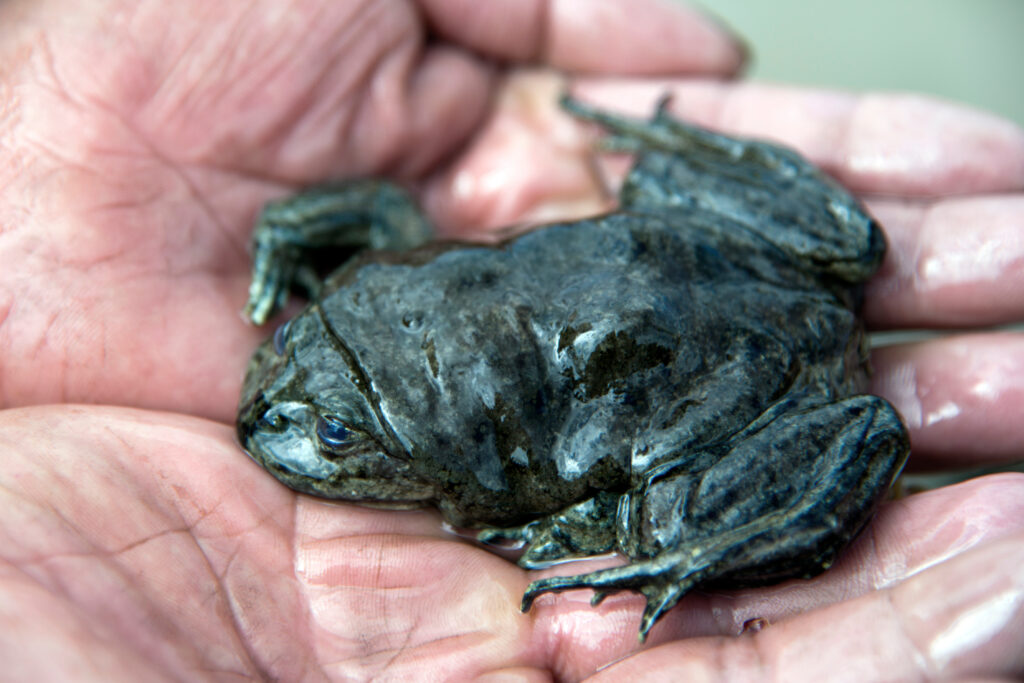
Native to Lake Titicaca, which straddles the border between Peru and Bolivia, the Titicaca water frog has developed an incredible resilience to the harsh environment of its high-altitude habitat. At over 3,800 meters (12,500 feet) above sea level, the oxygen levels are significantly lower than at sea level, but it has adapted by having excess skin folds, which increase the surface area for oxygen absorption. Known as the “scrotum frog” due to its wrinkly appearance, it can survive in cold waters where other amphibians would struggle. They rely heavily on underwater oxygen absorption, making them perfectly suited for their unique ecosystem.
Desert Rain Frog (Breviceps macrops)
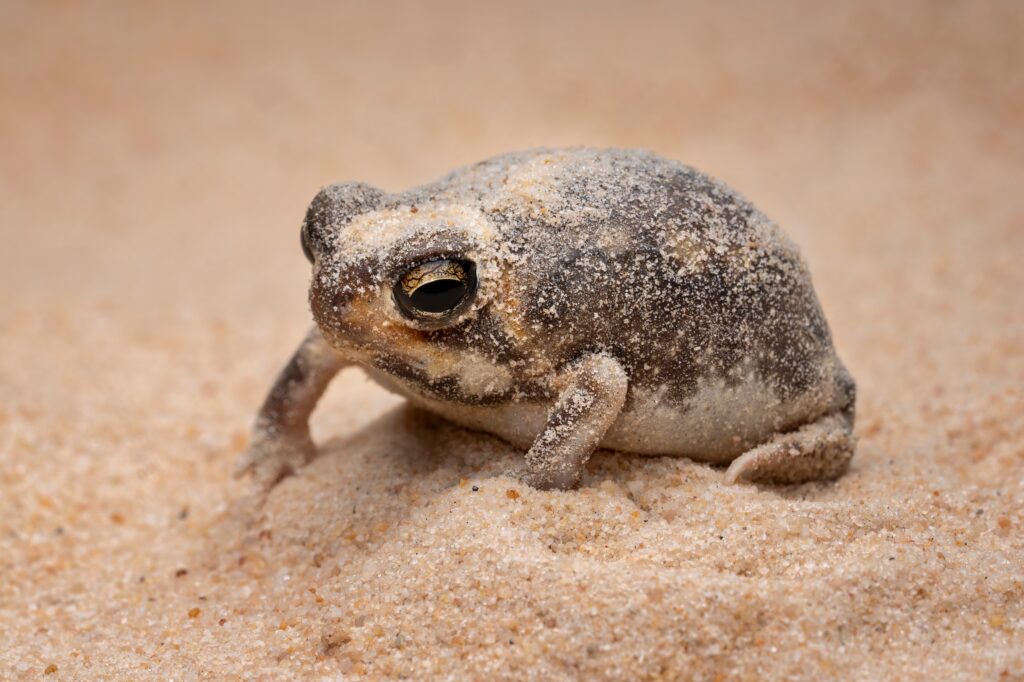
The desert rain frog is an amphibian that has adapted to the arid conditions of the Namib Desert in southern Africa. Unlike most amphibians, which rely heavily on moist environments, it can live in extremely dry conditions by burrowing into the sand during the day to avoid the heat. It emerges at night to feed on small insects and invertebrates. It has an incredible capacity to store water within its body, which it can use to survive prolonged periods of drought. Its unique call, which sounds like a squeaky toy, has made it a viral sensation, but its real claim to fame is its resilience in one of the toughest environments on Earth. Despite the harsh conditions of the desert, this small amphibian thrives by utilizing its burrowing and nocturnal behaviors to conserve moisture.
Hellbender (Cryptobranchus alleganiensis)
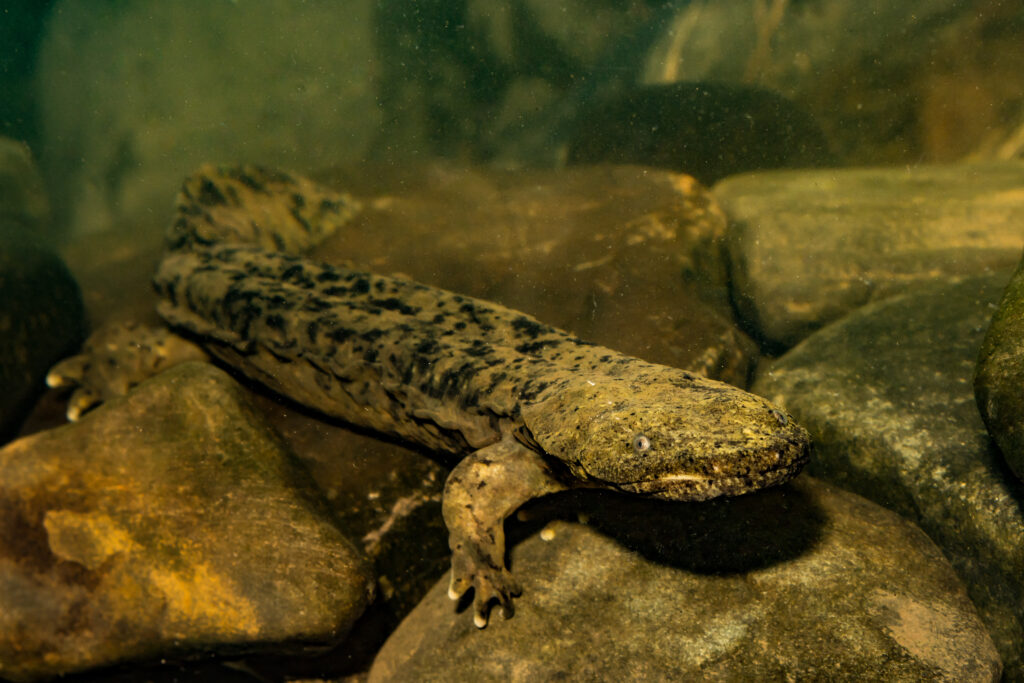
The hellbender, native to the streams and rivers of the eastern United States, is one of the largest amphibians in North America. Despite its size, it is incredibly tough, with a flattened body that allows it to cling to riverbeds and withstand fast-flowing waters. It has been known to live for over 25 years in the wild, making it one of the longest-living amphibians. They are highly sensitive to water quality and require clean, well-oxygenated streams to thrive. They are also remarkable for their ability to survive in cold water, which provides them with an advantage over other species.
Surinam Toad (Pipa pipa)
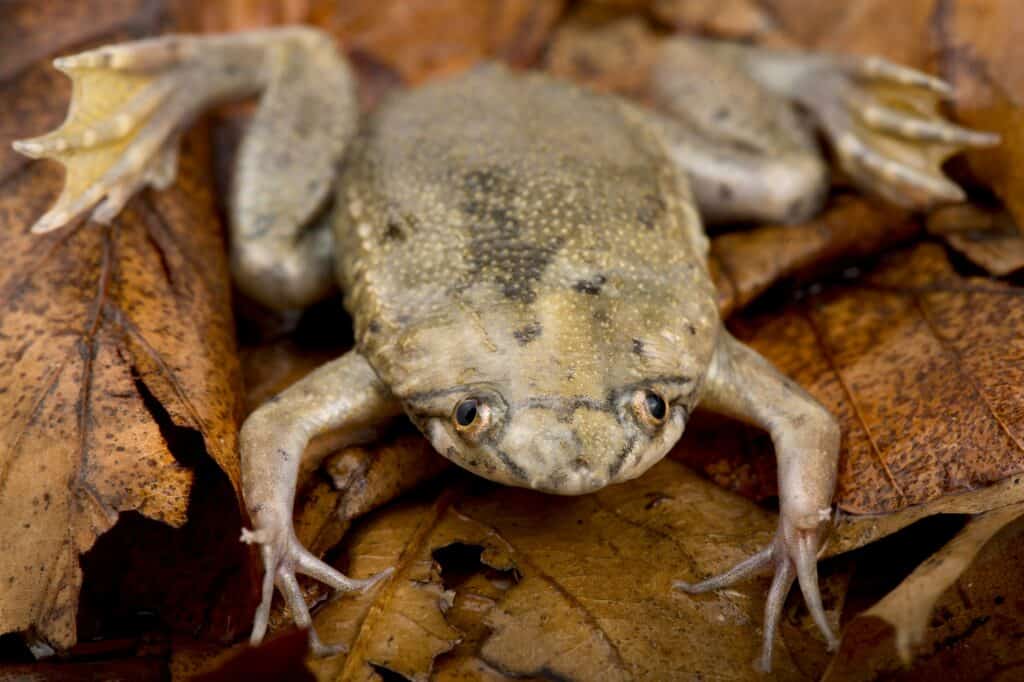
The Surinam toad, native to the rainforests of South America, is well-known for its bizarre reproductive method and incredible resilience. Females carry their eggs on their backs, where the skin grows over the eggs and incubates them until they hatch as fully formed tadpoles. This unique adaptation not only protects the young from predators but also ensures they survive in environments where water availability is inconsistent. It spends most of its life submerged in water, relying on its flat body and webbed feet for survival in rivers and ponds. Its ability to remain hidden and adapt to changing water levels makes it highly resilient in its native habitat. They are nocturnal and have developed sensory adaptations that help them locate prey in the dark, such as using their star-shaped fingers to sense movement.
Goliath Frog (Conraua goliath)
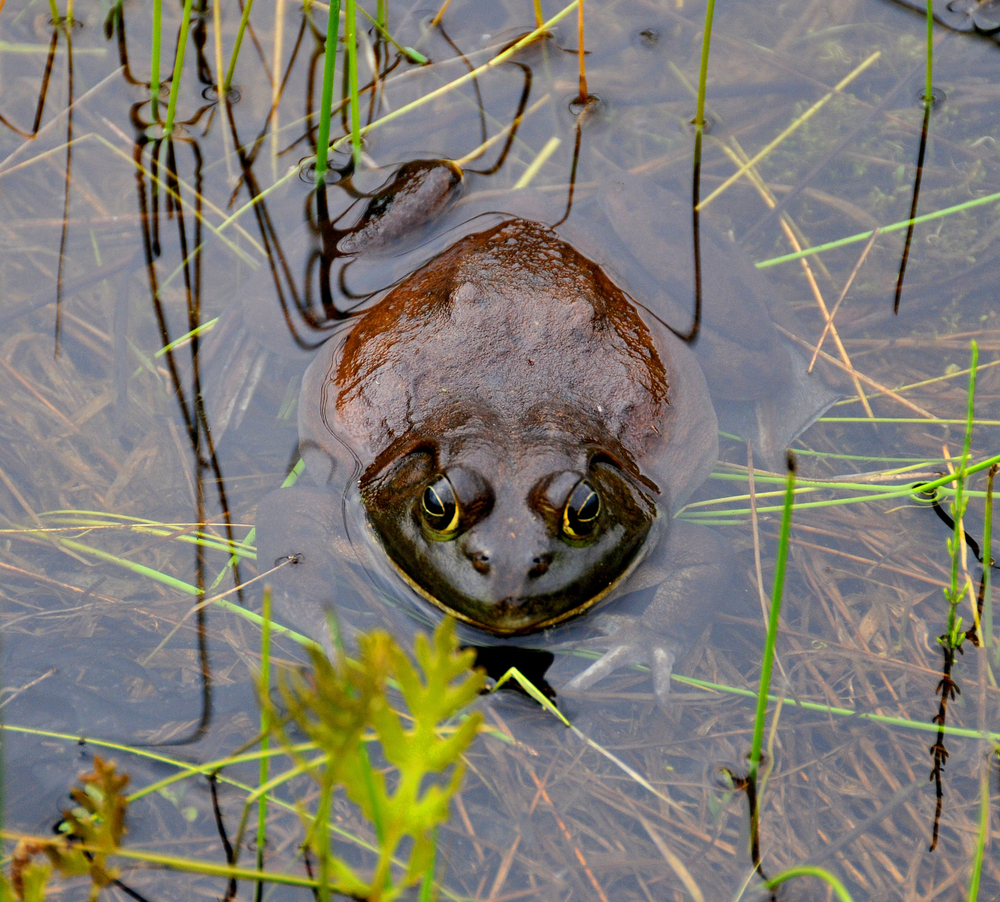
The Goliath frog, the largest frog species in the world, can grow up to 32 centimeters (12.6 inches) in length and weigh over 3 kilograms (7 pounds). Found in the rainforests of Cameroon and Equatorial Guinea, this amphibian is incredibly tough due to its size and strength. They are powerful swimmers and can leap great distances to evade predators, a key survival trait in their riverine habitats. They thrive in fast-flowing rivers and have the ability to withstand strong currents that would sweep away smaller creatures. They play an essential role in their ecosystem, helping to control insect populations and serve as prey for larger predators.
Red-Eyed Tree Frog (Agalychnis callidryas)
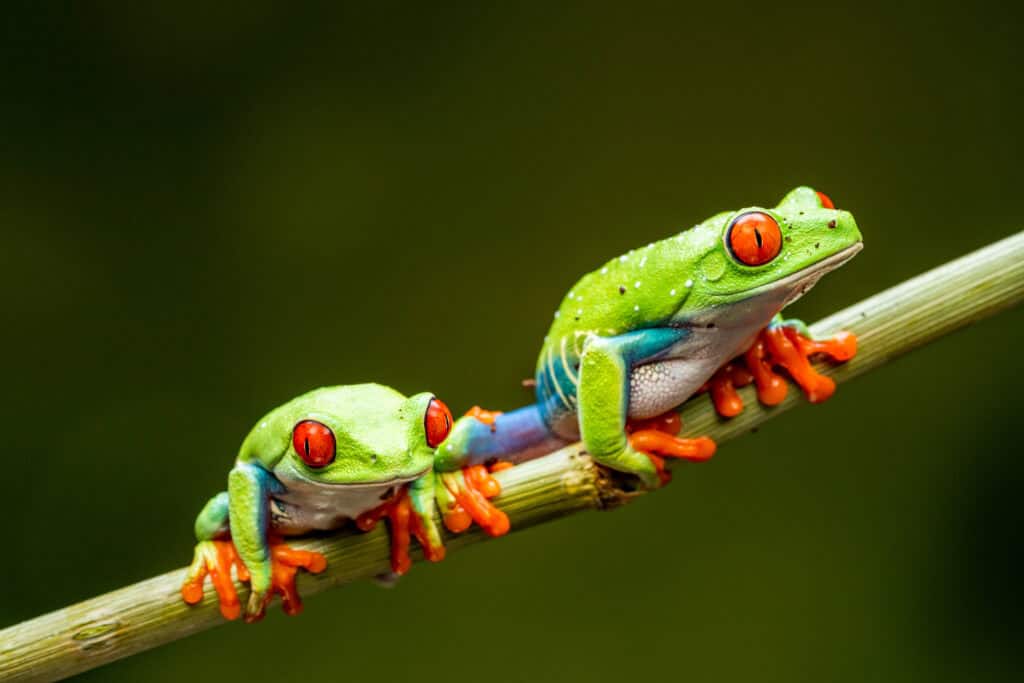
The red-eyed tree frog, native to the rainforests of Central America, is known for its striking appearance and remarkable adaptability. Its vibrant green body and red eyes help it blend into the rainforest environment, providing camouflage from predators. It is tough not just because of its ability to hide but also due to its extraordinary climbing skills, thanks to its suction-cup-like toes. They have adapted to survive in both wet and dry conditions, making them highly resilient in the face of changing environments. They lay their eggs on leaves above water, so the tadpoles can drop into the water when they hatch, minimizing the risk from land predators. They are also nocturnal, which helps them avoid the heat of the day and reduces their risk of drying out.
Japanese Giant Salamander (Andrias japonicus)
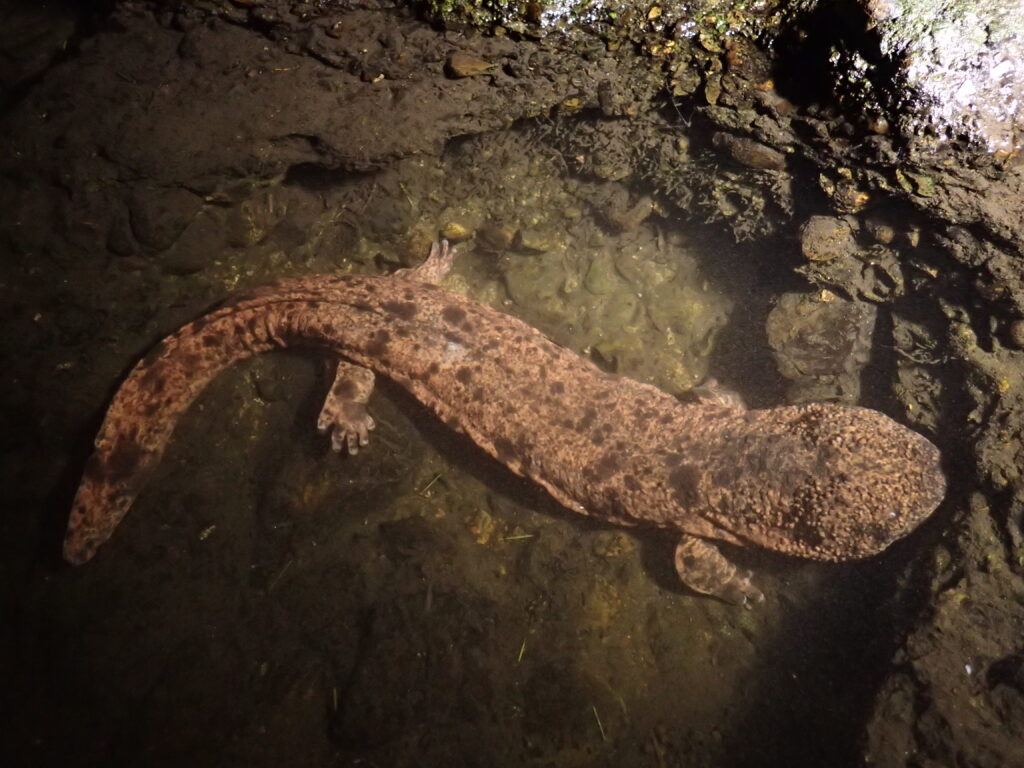
The Japanese giant salamander is one of the largest amphibians in the world, growing up to 1.5 meters (5 feet) in length. Found in the cold, fast-flowing rivers of Japan, it has adapted to survive in low-oxygen environments by absorbing oxygen through its skin. It is highly resilient due to its slow metabolism, which allows it to go for extended periods without eating. Its thick skin protects it from injury, and its flattened body helps it remain stable in swift currents. They can live for over 50 years, making them one of the longest-living amphibians. They have become a national symbol in Japan and are protected under law, but habitat destruction and pollution pose significant threats to their populations.
Kihansi Spray Toad (Nectophrynoides asperginis)
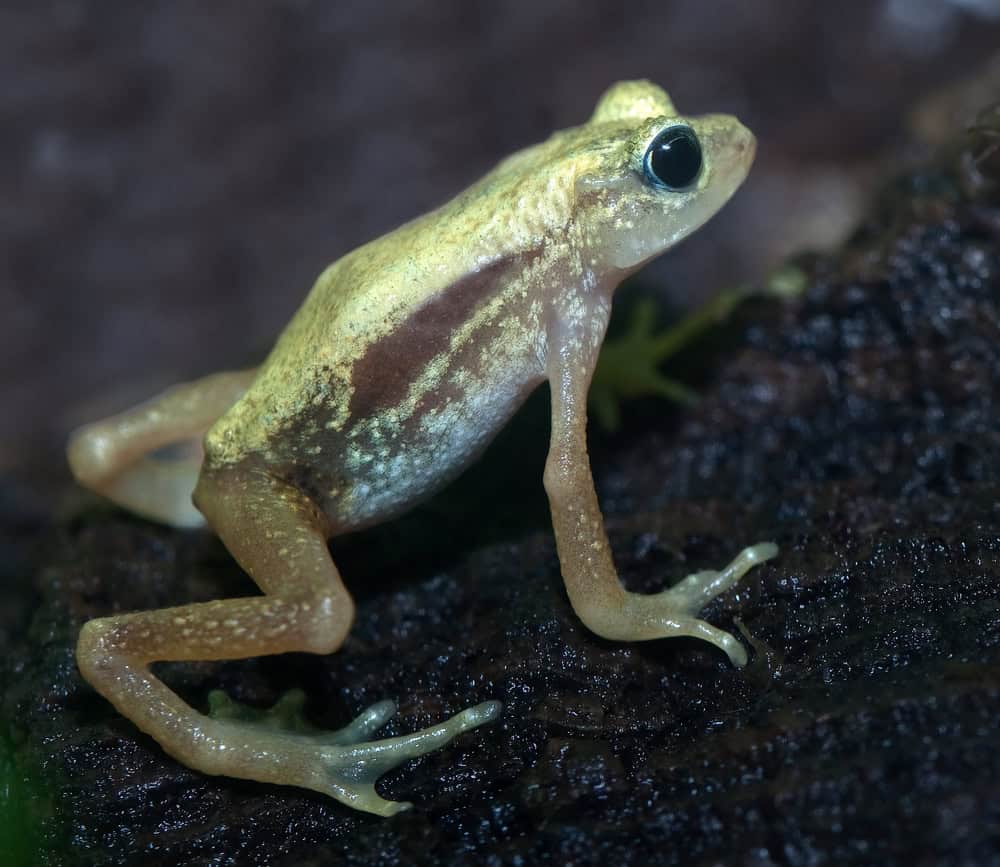
The Kihansi spray toad, native to Tanzania’s Kihansi Gorge, is a highly specialized amphibian known for its resilience despite living in a limited habitat. It relies on the mist from nearby waterfalls for moisture, as it cannot survive without consistent humidity. Remarkably, it gives birth to live young instead of laying eggs, a rare trait among amphibians. It is resilient because it adapted to a specific microhabitat, thriving in the extreme conditions created by the gorge’s waterfalls. Even after the construction of a dam disrupted its habitat, conservationists saved the species through captive breeding programs.
Mountain Chicken Frog (Leptodactylus fallax)
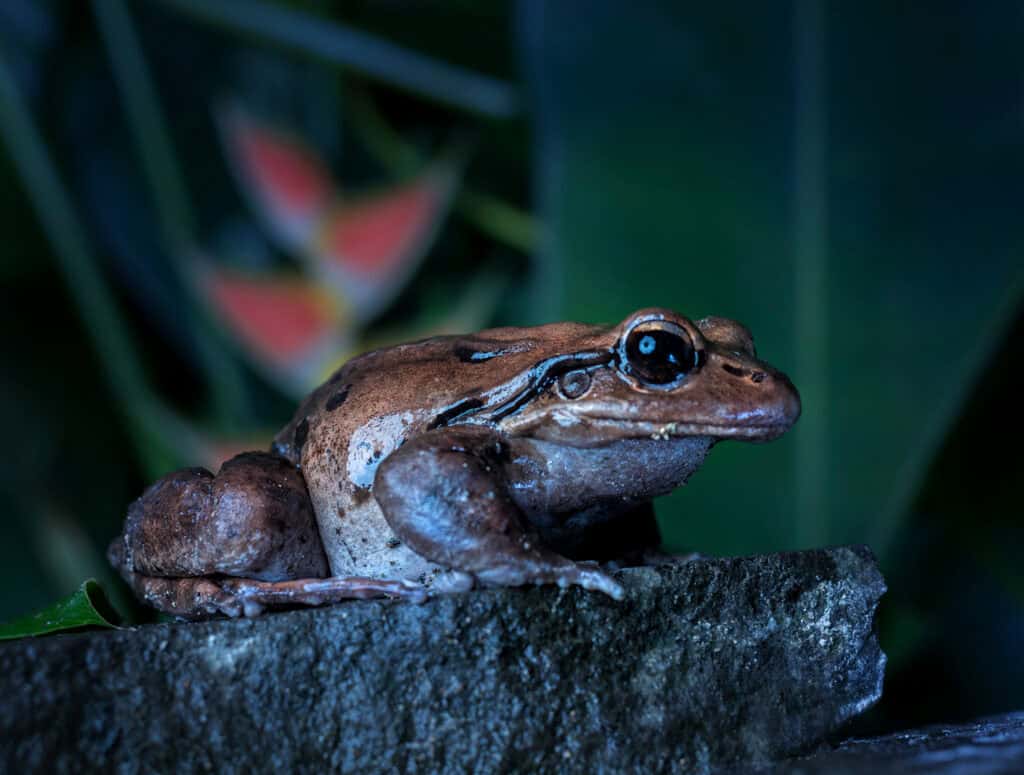
The mountain chicken frog, despite its unusual name, is one of the largest frogs in the world and native to the Caribbean islands of Dominica and Montserrat. This species is resilient due to its remarkable size and ability to adapt to various habitats, from rainforests to drier areas. They are nocturnal and ambush predators, capable of taking down large prey, which showcases their toughness in the wild. They have evolved to survive on these islands, even in the face of natural disasters like volcanic eruptions and hurricanes. However, they are currently critically endangered due to the chytrid fungus and habitat loss, though conservation efforts are underway.
Golden Poison Dart Frog (Phyllobates terribilis)
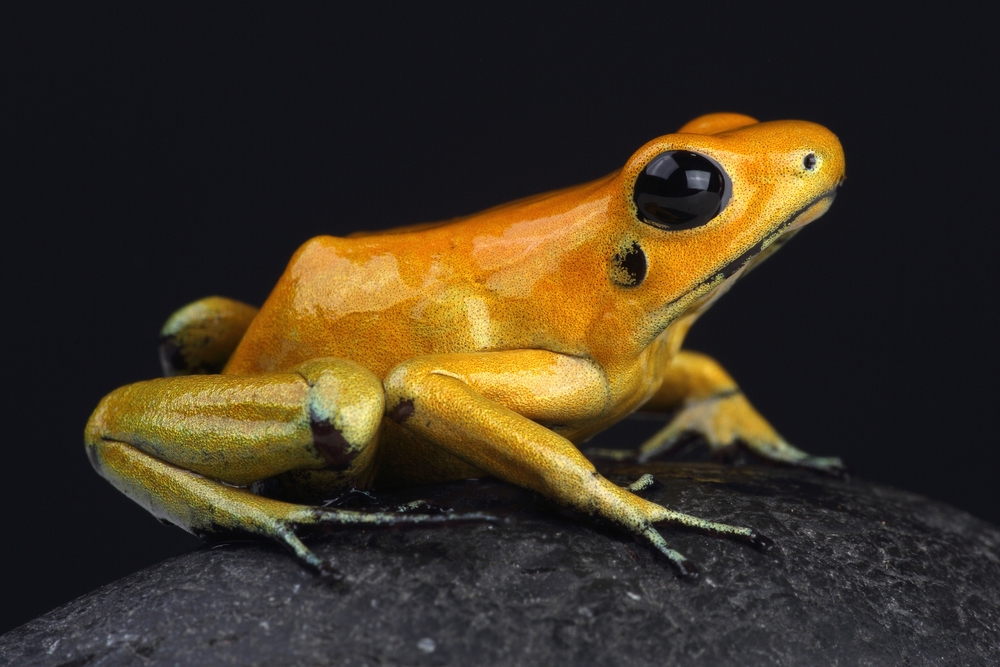
The golden poison dart frog, native to the rainforests of Colombia, is renowned for its toxicity and toughness. It produces one of the most potent toxins in the natural world, which it uses as a defense mechanism against predators. This toxin is so powerful that a single frog contains enough to kill several humans. Despite its lethal nature, it is a small and relatively fragile creature that thrives in the moist, warm environment of its rainforest habitat. Its resilience comes from its ability to deter predators with its vivid coloration, signaling danger.
This article originally appeared on Rarest.org.
More from Rarest.org
15 Incredible Migratory Animals That Travel Vast Distances
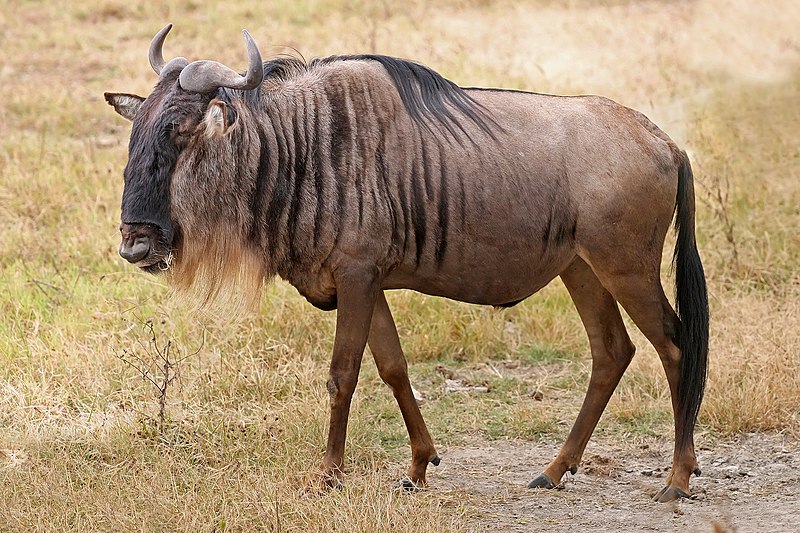
Migration is one of the most remarkable survival strategies in the animal kingdom. Every year, countless species travel vast distances, navigating through oceans, skies, and land to find food, breed, or escape harsh weather. Read More.
11 Historic Memorabilia from Iconic Films That Are Coveted by Collectors

Film memorabilia holds a special place in the hearts of collectors. Iconic items from classic movies carry a unique blend of history and nostalgia. These objects often become valuable treasures, reminding fans of their favorite scenes and characters. Read More.
14 Lesser-Known Comedies That Will Leave You Laughing

When you’re in the mood for something offbeat and hilarious, lesser-known comedies can be a real treasure. These hidden gems often deliver laughter in unexpected ways. Whether it’s a quirky storyline or unique characters, these films offer a fresh take on humor. Read More.
